The Marketer’s Holiday GIF Guide
Published on December 01, 2015/Last edited on December 01, 2015/8 min read
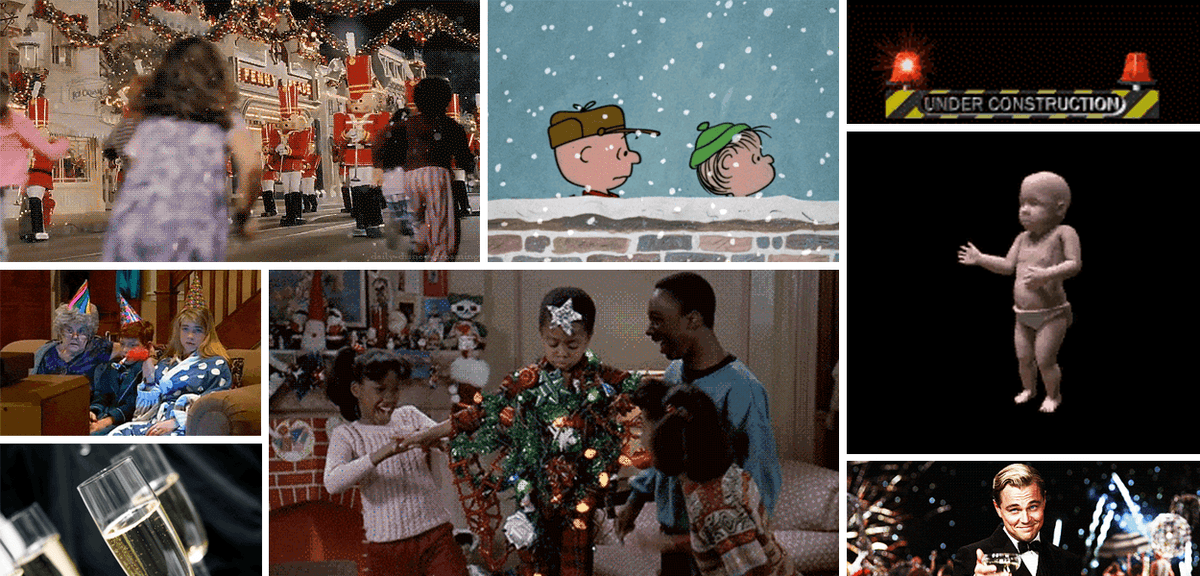

Todd Grennan
Content Production Principal, Content Marketing at BrazeGIFs are finally having their moment. After years of being ignored and dismissed as old (which they are, in computer-years, anyway) and goofy (it’s part of the charm!), in recent years people have begun embracing GIFs in all their simple, old school glory. And why not? They’re memorable, fun, and easy to use.
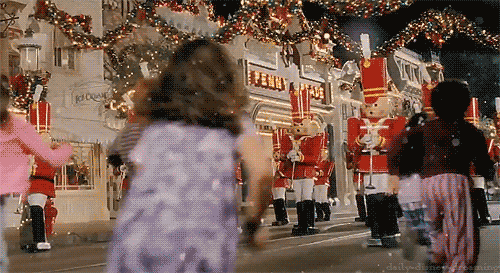
GIFs are easy to pop into emails or use when you’re messaging with friends, but they’re also a valuable tool for marketers: especially when you’re using channels like email and in-app messages that support rich content. Used effectively, they can capture your customers’ attention, keep your outreach varied and interesting, and support your brand’s unique voice.
That’s always helpful, but it’s essential during the holiday season, when there are so many celebrations, events, and shiny objects to distract your customers from your outreach. Using GIFs in your messaging can be a great way to combat those distractions in a fun, light-hearted way.
What is a GIF, exactly?
At the simplest level, it’s a digital image format similar to JPEGs and PNG files. But while GIFs can be used for still pictures, their popularity stems from their ability to support simple animations. These animated GIFs hold multiple images that automatically appear one after another, creating an effect that blends a picture and video clip.
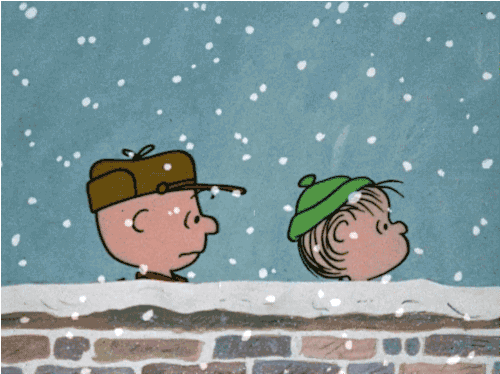
GIFs only feature 256 colors, compared to the millions seen in today’s high-definition pictures and video, and don’t support sound (that’s why so many use written text to complement the image), giving them a look and feel that’s unique and more than a little retro.
Pronunciation: “Ghif” vs. “Jif”
This is a big one. For some reason, the correct pronunciation of the word “GIF” has been a major bone of contention for years.

Steve Wilhite, who led the team that created the GIF, has argued that it should be said “JIF,” like mom’s favorite brand of peanut butter. However, 70% of people worldwide say it with a hard “G” sound, and that’s the pronunciation supported by the Oxford English Dictionary (OED). So however you decide to pronounce GIF, you should probably be ready for someone to disagree with you.
GIFs: A brief history
- 1987: The GIF format is first created by Wilhite and his team at CompuServe
- 1989: The format is updated in ways that made today’s animated GIF possible
- 1993: Marc Andreessen (today best known for his massively successful venture capital career and egg-shaped head) creates the tag for the then-dominant Netscape Navigator web browser, making animated GIFs widely viewable for the first time
- 1993–2000: Lots of this:

…and this:

…and this:

- 2000–02: DotCom bubble bursts; Web 2.0 begins to take shape; GIFs seen as yesterday’s news
- 2003: The holiday-themed episode of The O.C. that this GIF was taken from airs (yes, it was that long ago):

- 2007–11: GIFs start feeling cool again
- 2012: The GIF’s 25th anniversary; the OED names “GIF” as its word of the year
- 2015: GIFs are so in that here you are, reading a blog post about them (thank you for that by the way)
When to use GIFs in your holiday outreach (and when to avoid them)
Before you start thinking about using animated GIFs in your messages to customers, it’s important to make sure that you’re clear about the benefits this format can bring. You should consider adding a GIF to your outreach if you want to:
Catch the eye

Capturing your customers’ attention is essential. You can be offering a great promotion, but if customers ignore the outreach you send announcing it, it won’t be the success it could be. Because they add motion to otherwise motionless messages, GIFs are a great way to get your audience to look twice. And because they loop endlessly, there’s no endpoint when customers will be cued to stop watching and turn their attention elsewhere.
Add humor

This may sound obvious, but people like to laugh. Humor relaxes us, bonds us together, helps us get through the ups-and-downs of everyday life. A message that makes your customers laugh is one they’re going to read and engage with. GIFs are a quick way to add some humor to your messages. And there are so many funny GIFs out there that you can almost always find one that’s a good fit for your outreach.
Keep things snappy

Sure, you could make your customers click a deep link in a message that takes them to a page where they need to click again to start watching a video. Or you could show them the highlights of that video right in the message itself (think email especially) by adding in an animated GIF. That’ll make things easier on your customers and get the point across without putting demands on their attention that they might just ignore.
Influence tone

When it comes to communicating information, visual images do it better than text, and that goes for GIFs, too. That can be concrete information (such as what a product looks like), but GIFs can also be a neat way to convey your message’s tone at a glance. Look at the GIF above and think about how difficult it would be to capture its feel in a sentence or two.
Add emphasis
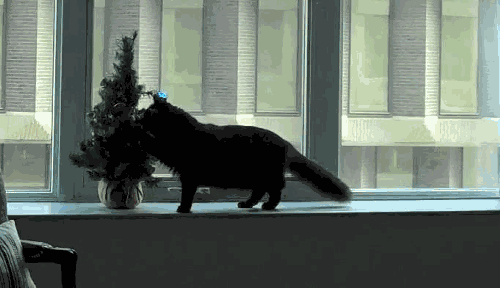
Imagine for a second that your brand is having a post-Christmas/pre-New Year’s Eve sale. Using an animated GIF like the one above doesn’t just grab your customers’ attention: it also focuses their attention on the specific pitch that you’re making in your outreach, making it easier to convince them to pay attention to the message’s call to action.
On the other hand, not every message needs an animated GIF. To make sure your efforts are not counterproductive, avoid:
Bad resolution or GIFs that are hard to understand
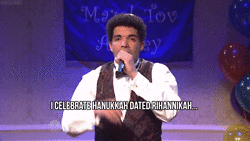
Now, it’s true that less-than-pristine visuals are part of GIFs’ heritage. But think twice before using one where the resolution is so poor (or the text is so hard to read) that customers might spend their time trying to decipher the GIF instead of paying attention to what you’re trying to get across.
An awkward fit for your message or brand

Just because a GIF catches you eye or makes you laugh doesn’t necessarily mean that it’s a good fit for a particular campaign (or for your particular brand). At its core, a GIF is just another kind of visual image. And just like with other visual images, you should always make sure that the ones you’re using contribute value to your messages, rather than distracting from what you’re trying to accomplish.
Overuse

GIFs are a lot of fun. And they’re so easy to use that you need be careful not to use them too often. Part of what makes GIFs so effective is that including them in your outreach makes those messages feel special and surprising. But that feeling will go away if you’re popping a GIF into every other campaign. Think of GIFs like a spice: something that can add flavor, but something people get sick of if you use too much.
Where do you get GIFs?
Once you’ve decided to start adding GIFs to your messaging campaigns, there are a couple steps to take before you can start sending them. First, you need to make sure that your mobile marketing or messaging platform allows you to make use of GIFs in your outreach. (Appboy does, but if you use another solution, you should check and see.) Second, you need to get your hands on some GIFs. That means you need to:
Find GIFs
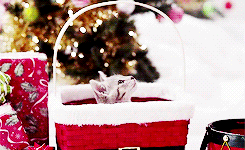
The Internet is filled with GIFs. But if you’re looking for a searchable clearinghouse for GIFs of all kinds, Giphy is a good place to start. (That’s where all these GIFs came from, for instance.) We also recommend Buffer’s Mood Board, and of course, Tumblr.
AND/OR
Make your own GIFs

This is a little more complicated, but still very doable. Plus, by making your own, you can incorporate your brand’s visual identity, products, and logos. If you have Tumblr’s app, they’ve just added a new GIF maker feature, or you can try one of the tools listed in this solid guide to creating GIFs.
The gist
GIFs brighten your outreach, put a new perspective on things you’ve seen before, make customers laugh and think and pay attention. They’re easy to find, easy to use, and even though they’ve been around for 28 years, GIFs are just getting started. So give them a try: you’ll be glad you did.

Related Tags
Be Absolutely Engaging.™
Sign up for regular updates from Braze.
Related Content
View the Blog
How behavioral marketing turns data into personalized experiences

Team Braze

Experience optimization: Turning data insights into better journeys

Team Braze

December 2025 Bonfire Marketer of the Month: Jagex’s Emma Oliver
